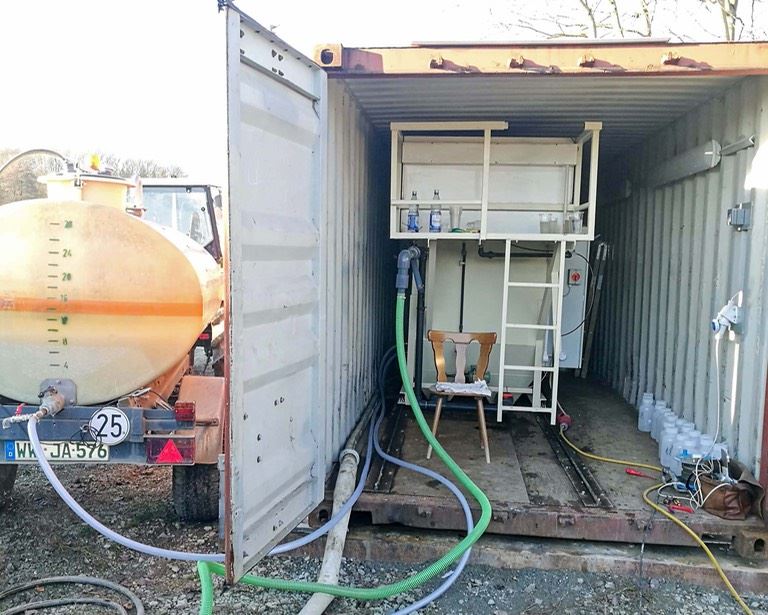Electrocoagulation (EC)
Atkins Enviro India offers the advanced electrochemical technology-based technique i.e electrocoagulation process. It’s use in treating wastewater is of relatively recent origin. Atkins Enviro’s technology has been tested to treat waters containing foodstuff wastes, oil wastes, dyes, suspended particles, chemical and mechanical polishing waste, organic matter, defluorination of water, synthetic detergent effluents, mine wastes and heavy metal-containing solution.
Atkins Enviro’s Electrocoagulation technique uses direct current source between metal electrodes immersed in the effluent, causing the dissolution of electrode plates into the effluent. At an appropriate pH level, the dissolved metal ions have the capacity to form a plethora of coagulates and metal hydroxides. This results in the formation of aggregate particles, and precipitates which absorb the contaminants present in the influent.
Atkins Enviro’s final offering of EC technology depends on clients need, as there are many design complexities, example: client can choose a simple anode, cathode or opt for a monitored option with control over electrode potentials, passivation, anode consumption, cell redox, ultrasound, UV & a range of gases and reactants to achieve the desired quality of treatment and removal of recalcitrant contaminants.


Atkins Enviro’s technology offers many merits over other processes, like
-
Unlike Mechanical Filtration, which has limitation on particle size and can not handle emulsified oil and grease (higher cost involved); Atkins Enviro’s EC technology can handle any size of suspended solids (<30 μm)
-
Chemical treatment may require up to three polymer and pH adjustments for desired effect, along with the addition of compressed air for floatation of coagulated contaminants & generally filtration is also required as a post-treatment requirement. Electrocoagulation requires no filters, no daily maintenance, no additives, and removes any size of suspended solids, oil, grease and heavy metals.
Atkins Enviro’s EC uses some reactions to achieve quality treatment target, they are
-
Seeding: metal ions that become new centers for larger, stable, insoluble complexes
-
Emulsion Breaking: creating a water-insoluble complex separating water from contaminants
-
Halogen Complexing: metal ions bind themselves to chlorines, resulting in a large insoluble complex.
-
Bleaching: creates an osmotic pressure that typically ruptures bacteria, cysts, and viruses.
-
Oxidation Reduction: enable reactions to reach stoichiometric completion.
-
Electrocoagulation Induced pH swings toward neutral.
Atkins Enviro’S EC IS RELIABLE, EFFECTIVE, ECONOMICAL, AND SIMPLE, WITH ULTRA-LOW OPERATIONAL COSTS.





 Web Mail : Info@atkinsindia.com
Web Mail : Info@atkinsindia.com Customer Care Number : +91 9992227788
Customer Care Number : +91 9992227788 Web Link : www.atkinsindia.com
Web Link : www.atkinsindia.com








